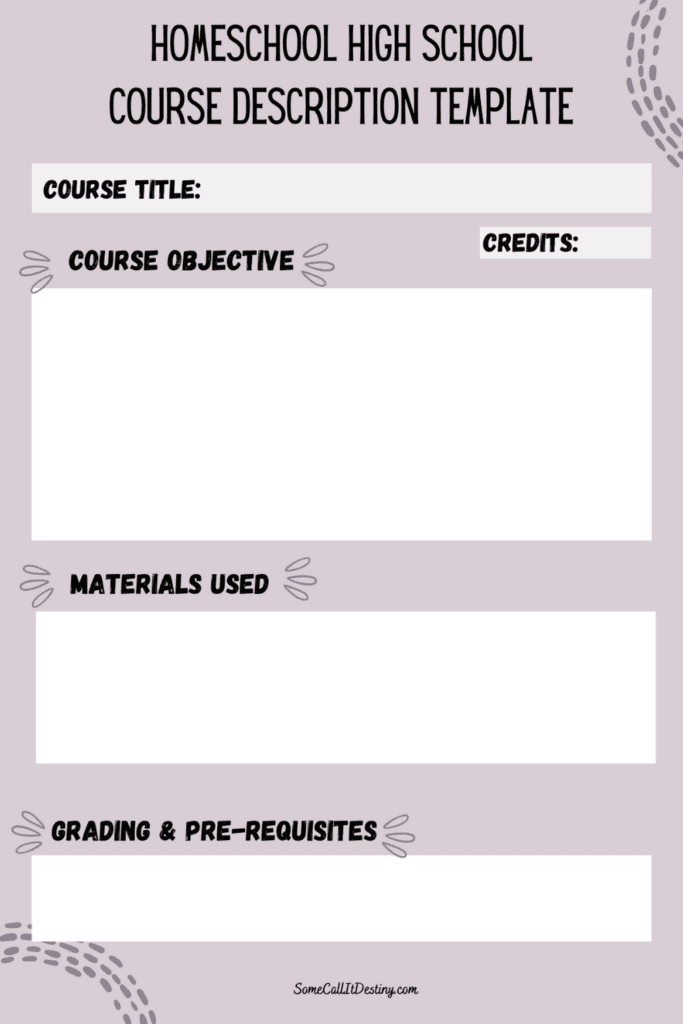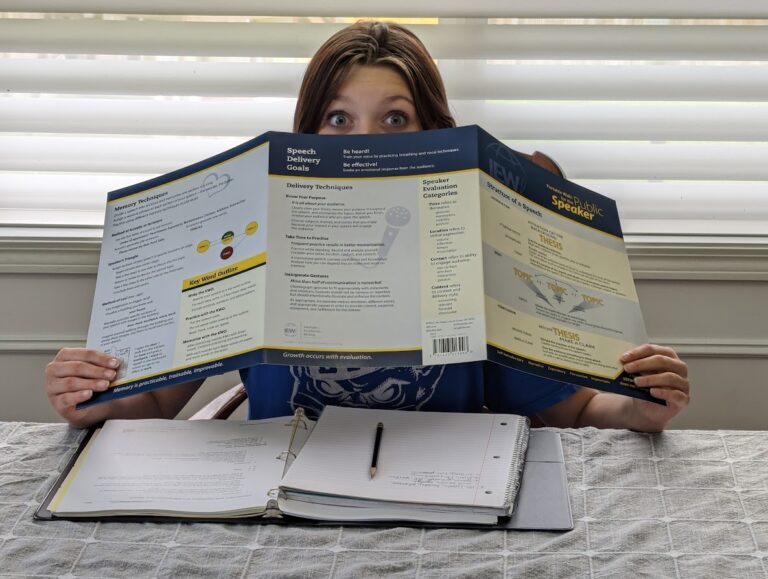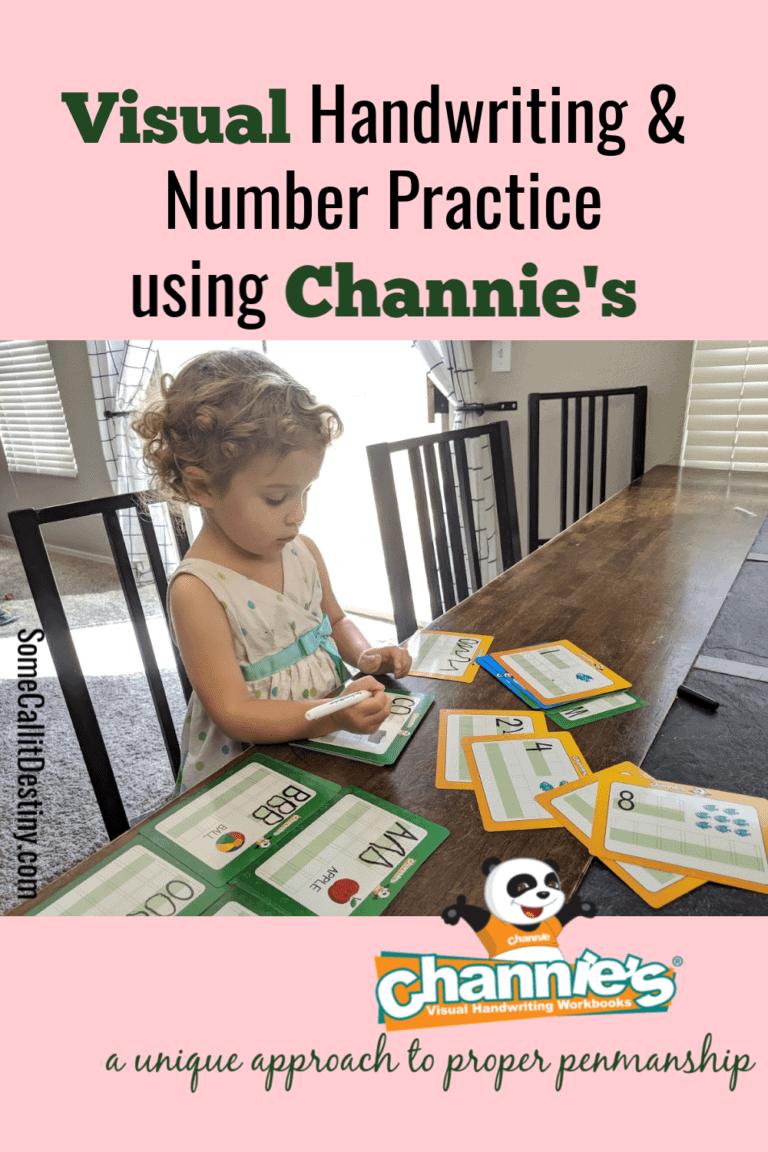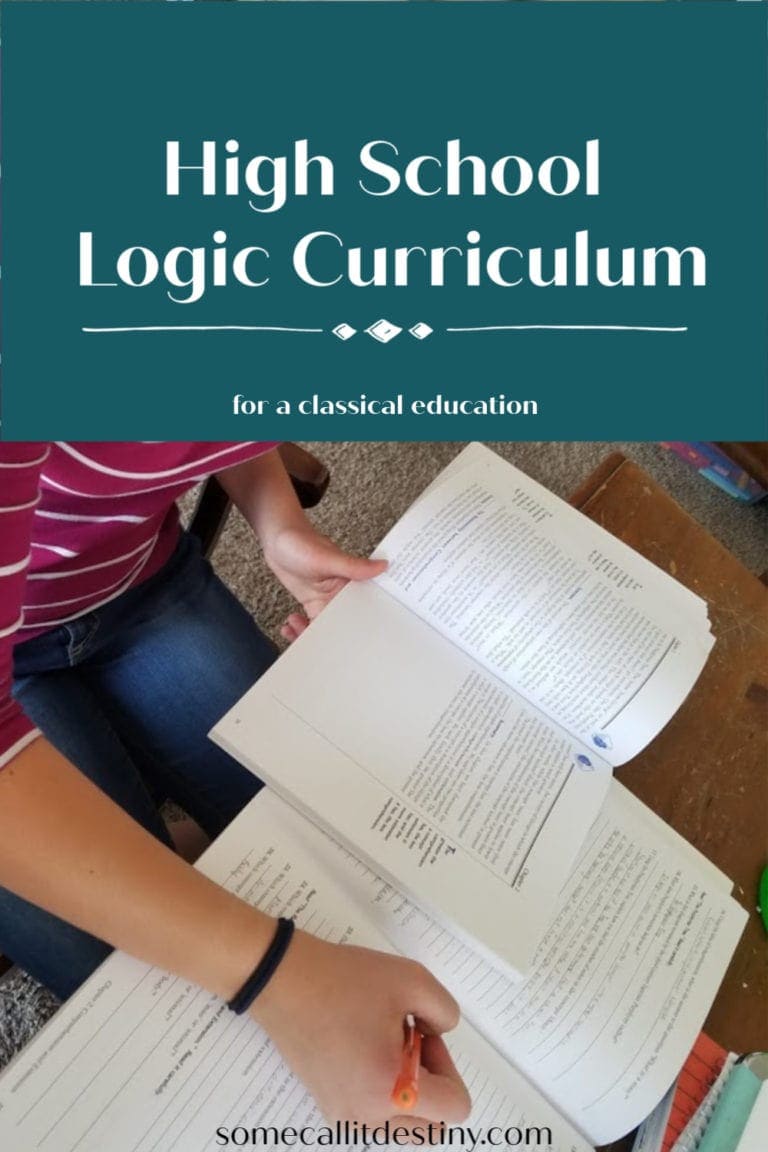Do You Really Need Course Descriptions with Your Homeschool Transcript?
Just like Santa’s list we checked in-state and a few selected out-of-state colleges to see if they required incoming students to include course descriptions with their transcripts for admission. Before our oldest’s Senior year, we checked again.
With a sigh of relief, none did. I washed my hands of the matter and prepared to never look back. Did I really need the extra burden of homeschool course descriptions after all? No, I did not.
And then, the unexpected happened. With a Senior and Freshman in high school, we moved mid-year. And you know what, our new in-state colleges asked for course descriptions to be included with the high school transcripts! There was, maybe, a moment of panic. Thankfully, our oldest had already chosen and been accepted to her college of choice, but moving forward, the task of creating course descriptions for my homeschooled high schoolers got added to the list.
So, do you need course descriptions to go along with your homeschooled teen’s high school transcripts? The answer really is, it depends.
It depends on your teen’s post-graduation goals. Some colleges, but not all, may ask for course descriptions along with transcripts. (The two are always separate documents.)

To err on the side of caution, it is always a good idea to do course descriptions as you go along. Even if you don’t think your teen will attend a college that requires course descriptions. You never know.
Trust me, these are easier to do as you go, rather than trying to remember looking back.
Benefits of Course Descriptions
What are some of the reasons you may want course descriptions for your homeschooled high schooler? I know it can seem like a lot of trouble, especially, if it doesn’t look like the college your child will attend requires them. However, course descriptions can set your homeschooler apart from other incoming freshmen and can be useful when applying for scholarships.

What Goes into Creating Homeschool Course Descriptions for High School Classes?
Colleges ask for course descriptions because they are looking to see the course reflects the area of study and the area of study meets their requirements. With students coming in from myriad places, this is a way for them to know that a Physics class from different schools satisfies their science requirements. It may be that one had a lab component and the other didn’t. Or as a way to compare classes that have different titles, but cover the same material. Course descriptions eliminate the guesswork for colleges.
The purpose of the course description is to help colleges see your teen has met the requirements they are asking regardless of the course title. Therefore, there are a few things every course description should contain.
Related| Why You Need a Four-Year Plan to Homeschool High School
Course Description Title
Every class your teen takes in high school should have a title.
You can be as creative or non-creative as you like in this process. Personally, I like to keep it simple. You can also use the name of the curriculum company in the title.
Example 1: The History of Shakespeare
Example 2: Apologia Biology
Example 3: Honors English IV
Colleges should have a good idea about what the course contains based on the course title.
The Materials Used for the Course
In the course description, you are going to include the textbook or spine(s) used for the course. If you are not using a textbook, list the resources you will use.
Example 1 (for a Latin class): Henle Latin I Text: First Year Latin
Example 2 (for British Literature by Christian Authors): Why Does God Allow War by Martin Lloyd Jones; Mere Christianity by C.S. Lewis; The Gaudy Night by Dorothy Sayers; and How Should We Then Live by Francis Schaffer.
Course Objective
The course objective is where you generate interest. If you wanted to take a class from somewhere, the course description is what you would read to learn if it was a class you were interested in. What makes the class unique? What is the end goal?
Sometimes, a publisher will make it easy for you and you can just copy their course description off their website.
Another option is to look through a textbook’s Scope & Sequence or Table of Contents to get an idea of what will be covered. Then it is just a matter of listing off the topics.
If you are creating your own course, then write what the purpose is for the course being taken. Include information on what students can be expected to learn or the skills they will acquire.
Example 1 (from the website for Lightning Literature British Lit: Early to Mid 19th Century): Students will cover description, point of view, persuasive writing, setting, humor, character, and imagery in tone and poetry.
Example 2 (from the table of contents of Conceptual Chemistry): Students will cover the elements of chemistry, discovering the atom and subatomic particles, the atomic nucleus, atomic models, chemical bonding and molecular shapes, molecular mixing, water molecules, chemical reactions, acids and bases, oxidation and reduction, organic compounds, chemicals of life, the chemistry of drugs, optimizing food production, as well as fresh water, air, and material resources.
Example 3 (creating your own course on Study Skills): Students will learn about their learning style, acquire critical reading skills, and develop note-taking strategies to improve their academic success.

How the Class is Graded and Any Pre-Requisites
It is good to include how students will earn the grade. You do not need to give a detailed breakdown of what percentage constitutes the final grade, but an overview of the components.
If there is a pre-requisite required to take the class, you will list that as well.
Example 1 (Algebra I): Grades will be based on a combination of tests and assignments.
Example 2 (Dance): Grade will be based on participation and a final performance.
Example 3 (Chemistry): Pre-requisite: Algebra I or higher math. Grades will be based on assignments, tests, and lab reports.
Number of Credits Earned
High school classes can be either 0.5 or 1.0 credits. A half-credit is usually a semester’s worth of work or between 60-90 hours. A full credit is a year’s worth of work or 160-180 hours. If the course is Pass/Fail, that would also be indicated.
Example 1: This is a 0.5 credit Pass/Fail cooking class.
Example 2: This is a 1.0 credit Spanish class.
Dual Enrollment Classes on the Homeschool Course Description Document
If your teen is taking any dual enrollment classes, you can just copy the course description from the college’s website. You will state it is a dual enrollment course for 1.0 credit and the college from where it was taken.
Example: This ASL 121 American Sign Language I is a dual enrollment course taken through Lake Washington Technical Institute for 1.0 high school credit. The student will learn the basic manual alphabet, vocabulary, numbers, and phrases used in everyday communication while developing an understanding and appreciation of Deaf culture. Pre-requisites include ABED 040 and ABED 046. The grade is based on showing competence in American Sign Language, assignments, and tests.
Related| How to Know if Your Teen is Ready for Dual Enrollment Classes
Sample High School Course Descriptions for Homeschool Classes
Now that you’ve seen all the components that go into a homeschool course description, your next step is to put them all together. Use my Course Description Template Planning Tool to help you. Using the Course Description Template while creating your homeschool course descriptions will ensure you include all the relevant information and leave nothing out.
If you want to see full examples of homeschool high school course descriptions, download my Course Description Samples. Use them as-is, tweak them to be your own, or use them as a guide to creating your own course descriptions.
Course descriptions for homeschoolers are a way to set them apart and really show the awesome things they learned while being homeschooled through high school. And, bonus, you only have to do them once for each class. So, if you have more than one teen taking the class–it’s only one course description and they both benefit!
And, you’ll never have that moment of panic realizing last minute you have to come up with four years of high school course descriptions!









